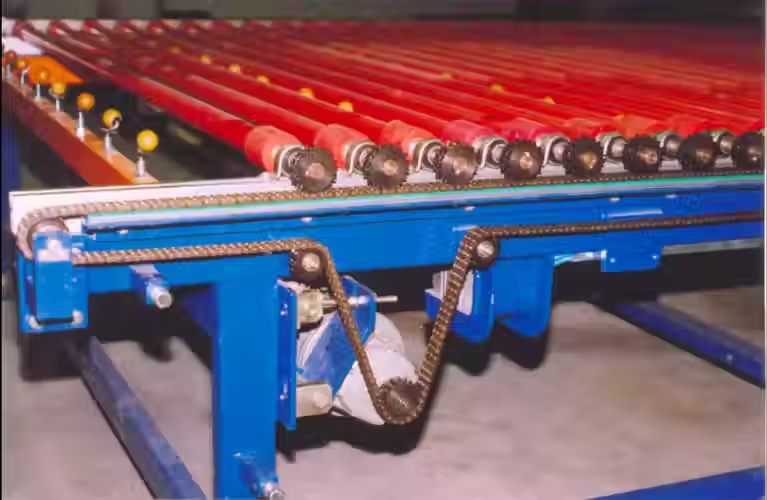Miniature Vibratory Feeder
- Jaswanth srinivas
- Nov 12, 2024
- 3 min read
Miniature Vibratory Feeder
A miniature vibratory feeder is a compact, precision-driven device designed for small parts handling and feeding in automated systems. It is commonly used in manufacturing and packaging industries where delicate, consistent, and precise feeding of miniature components is required. Unlike larger vibratory feeders, miniature vibratory feeders are designed to handle small components with minimal space requirements, making them ideal for tight spaces and intricate automation setups.
Key Components and Working Mechanism
The primary components of a miniature vibratory feeder include a drive unit, feeder bowl, and control system. The drive unit typically consists of an electromagnet that generates vibrations through electromagnetic force. These vibrations cause the feeder bowl to move in a controlled manner, guiding small parts along a specified path. The feeder bowl, designed with tracks and grooves, guides the parts to be fed into the automation system, ensuring a smooth and consistent flow. The control system adjusts the frequency and amplitude of the vibrations, allowing operators to customize feeding speeds and maintain precision.
The vibratory feeder works on the principle of oscillation. When the electromagnetic drive unit is activated, it generates rapid vibrations. These vibrations are transmitted to the feeder bowl, which moves the small components in a gentle, oscillatory motion, ensuring minimal damage to delicate parts. By adjusting the amplitude and frequency of these oscillations, operators can control the speed at which parts are fed into the system, making the device suitable for a wide variety of applications.
Advantages of Miniature Vibratory Feeders
Precision: Miniature vibratory feeders offer highly precise feeding, which is essential when handling small, fragile parts in industries like electronics, pharmaceuticals, and medical devices.
Compact Design: Due to their small size, miniature feeders are ideal for setups with limited space. They can be integrated into tight spaces on production lines without requiring extensive modifications.
Consistency: These feeders ensure a steady, consistent flow of parts, which improves efficiency and reduces downtime.
Customizability: Miniature vibratory feeders can be tailored to specific applications by adjusting the feeder bowl design, vibration frequency, and amplitude to suit different types of parts and feeding requirements.
Energy Efficiency: With low power consumption, miniature vibratory feeders are an energy-efficient solution for continuous feeding operations.
Applications of Miniature Vibratory Feeders
Due to their precision and adaptability, miniature vibratory feeders are used in a variety of applications:
Electronics Industry: For feeding small components like resistors, capacitors, and microchips during assembly processes.
Pharmaceuticals: To handle tiny capsules, tablets, or medical device components, where accuracy and cleanliness are paramount.
Automotive Manufacturing: In feeding small parts like springs, screws, and connectors.
Packaging Industry: For precise dispensing of miniature items such as beads, pins, or small screws in packaging lines.
Customization and Advanced Features
Many Miniature Vibratory Feeder come with options for customization to handle specific materials or components. For example, anti-static coatings may be added to handle sensitive electronic parts. Some feeders come equipped with sensors to detect part orientation and position, further improving accuracy in automated processes. Additionally, advanced control systems enable integration with existing automation setups, making it easy to adjust feeding rates or stop the feeder if there is a blockage or overload.
Challenges and Considerations
While miniature vibratory feeders offer numerous advantages, there are some challenges to consider. Since these feeders handle small parts, any deviation in part size or weight can impact performance. Therefore, ensuring part consistency is crucial. Maintenance can also be challenging due to the compact nature of these feeders, requiring specialized tools and expertise. Additionally, noise reduction may be necessary in sensitive environments, as vibratory feeders can generate noise during operation.
Conclusion
Miniature vibratory feeders are indispensable for modern automated manufacturing processes that require high precision and small component handling. Their compact design, energy efficiency, and customizable features make them suitable for a wide range of industries and applications. As automation technology continues to advance, miniature vibratory feeders are expected to become even more versatile, meeting the needs of increasingly complex production lines with precision and reliability.




Comments